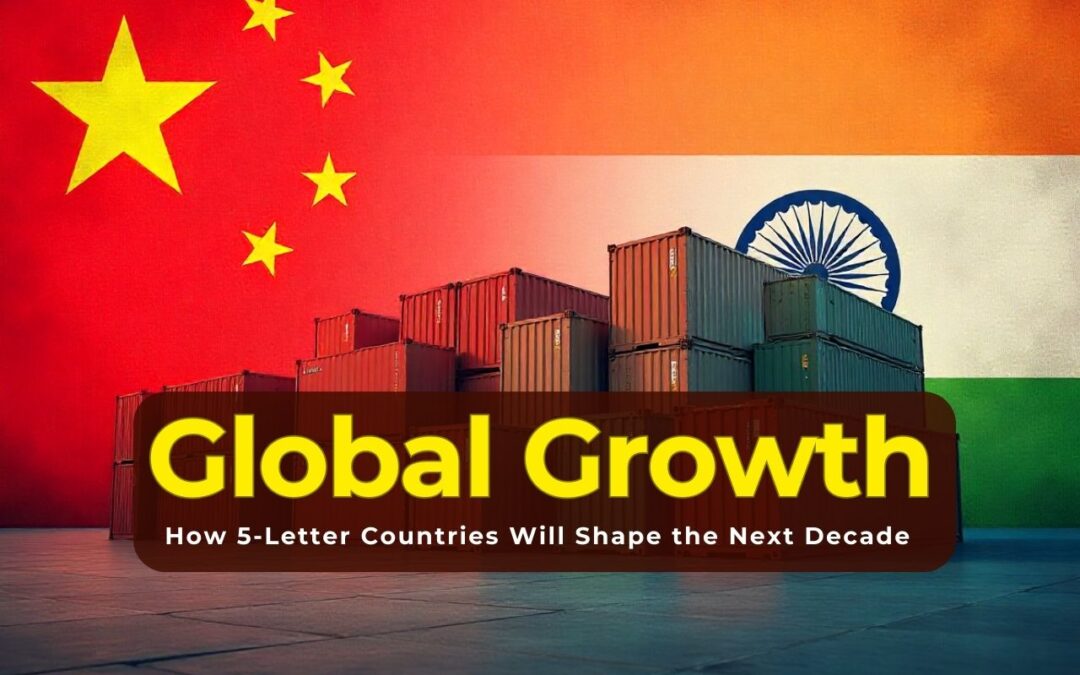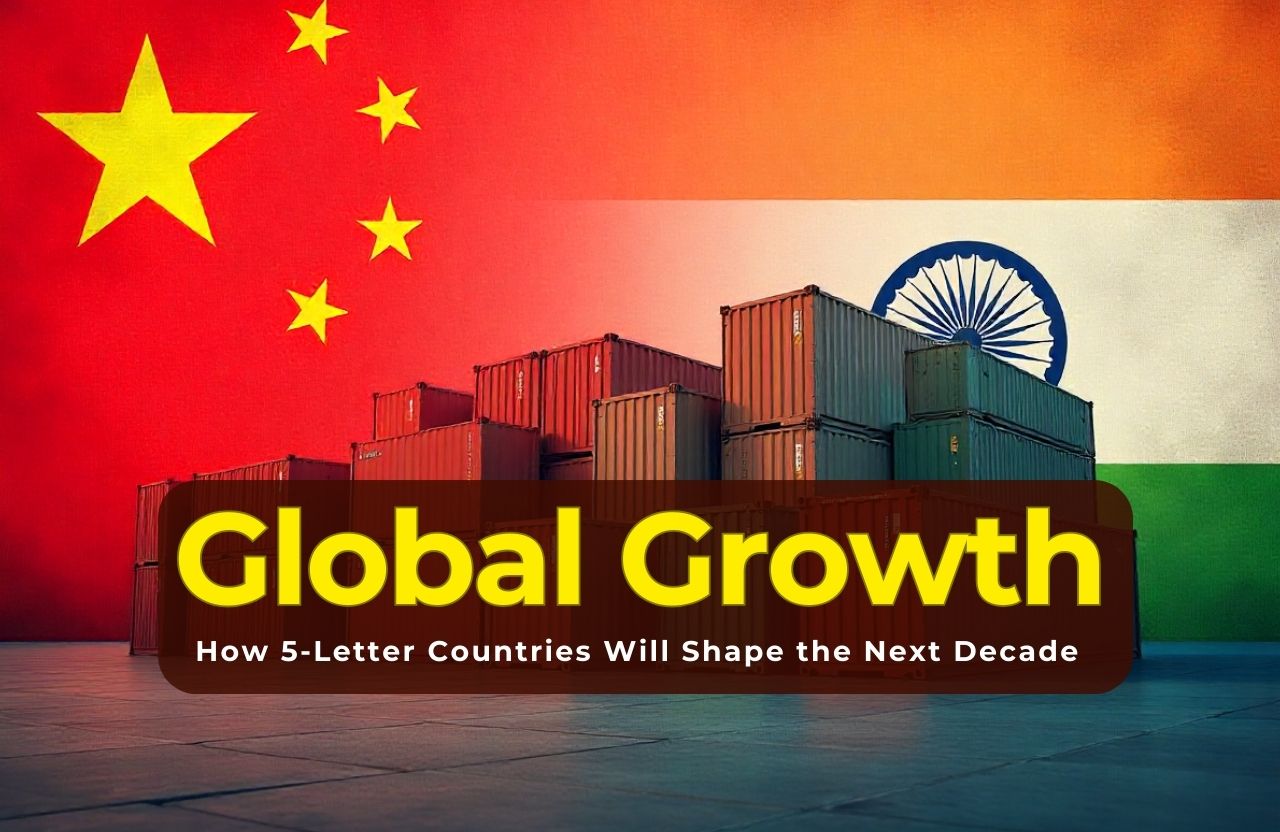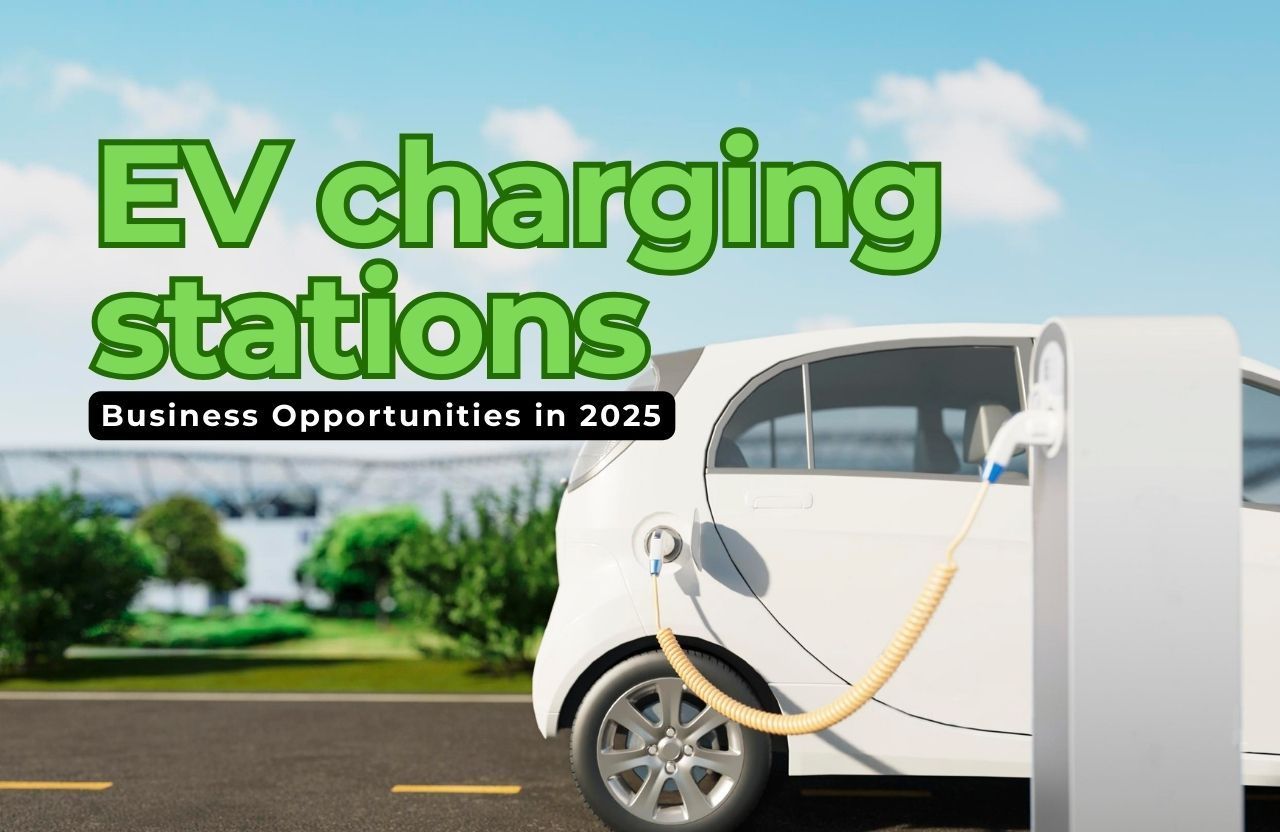Global Growth and Technology 2050: A Decade of Transformation
We are at the beginning of a period of global growth economic change like never before. For years, globalization meant that trade has grown faster than GDP, supply chains criss-crossed continents and just a few advanced economies controlled most of the global economic heft. Now things are changing.
Growth is heading to the regions, the digital space, technology and knowledge-based economies. Two economic giants will lead that change: China and India. In the next 10-20 years, China and India will both begin to shape the global economic stage with their laws, innovations and business practices.
How will new technologies from AI to clean energy transform industry, career and global trade?
Let’s take a look at what trade and technology have ahead for world growth, who the winners and losers will be and what we would expect is coming up.
Global Trade: Slower but Smarter
By 2032, global goods trade is projected to grow just 2.8% annually, slower than the 3.1% GDP growth rate. This is a structural change, trade is no longer an automatic growth driver as it used to be. Countries are regionally localizing supply chains, turning toward proximate partners rather than distant factories.
Businesses are embracing friendshoring, bringing in goods from politically aligned or trusted countries. Technology is lowering reliance on distant shipping routes as automation and digital trading platforms enable regional trade to become more streamlined. This does not indicate trade is declining, it’s merely being remapped into new corridors of growth.
India and China: Twin Engines of the Future
India: The Emerging Giant
According to the World Bank, India is among the world’s fastest-growing economies with trade expected to grow 6.3% per year. Its strengths are:
- A young, skilled labor force.
- A rapidly expanding middle class driving consumption at home.
- Government support for ease of infrastructure, electronic payments and green energy expansion.
- A thriving startup culture particularly in fintech, AI and space technology.
India is also emerging as the top “China +1” option, a favorite among firms diversifying supply chains.
China: The Tech Powerhouse
While China is still the world’s center of manufacturing trade with the U.S.and E.U. is declining. Instead, China is:
- Expansion of trade with Asia, Africa and Latin America.
- Heavily investing in AI, 5G, EVs and green energy.
- Leasing digital and physical infrastructure through the Belt and Road Initiative.
China’s narrative for growth is shifting from the low-cost labor-driven export market to one based on high technology innovation and world leadership.
Emerging Technologies Driving Global Growth
Technology has become the most important global driver of growth. In the following 10-30 years, the technology evolution will more and more be characterized by the following revolutionary geographic regions:
Artificial Intelligence: AI is changing life easier from the factory floor to smart cities, while also adding trillions to the global economy.
Sustainable Energy: Solar, wind and hydrogen gas are changing energy markets thus helping the world move towards alternative energy sources.
Biotechnology: Enlarging health tech, agrotech and genome technology will be extending life-spans and enhancing food security.
Space Economy: As India, China and the U.S. race for space economy possibilities, soon satellite technology, lunar missions and even the possibility to mine asteroids and planets will be within anyone’s reach.
Smart Infrastructure (IoT and 5G): The ubiquity of trillions of devices connected will eventually revolutionize transportation, logistics and city living.
All of these technologies are not only assets, they are strategic assets and will define the success of nations during the coming years of global growth.
What Will Change in the Next 10 Years?
- Regional Trade Blocs Will Become More Powerful – North America (USMCA), ASEAN and South Asia alliances will gain strength as expected
- India Will Become a Manufacturing Powerhouse – With cost savings and digital adoption, it’ll be a rival to traditional factory hubs.
- China Will Solidify Its Technological Leadership – Spending on AI, green energy and the aerospace to lock in dominance.
- Energy Will Become Green – The shift from oil to renewables will gain speed, remaking geopolitics.
- Work Will Be Transformed – AI and automation will reshape jobs, requiring massive reskilling worldwide.
Obstacles to Global Growth
Global transformation won’t be without hurdles. Key risks include:
- Climate: Extreme temperature increase, flood and drought put infrastructure and food security at huge risks.
- Geopolitics: Competition between the US and China could destabilize the global growth markets.
- Inequality: Millions face an unemployment crisis unless we reskill as quickly as jobs are lost to automation.
- Supply chain hazards: Delicate supply chains that take decades to rebuild are threatened by war, pandemics and cyber-attacks.
The nations that identify these risks and react wisely will be well-placed.
Opportunities for a Smarter Global Future
To secure future’s prosperity, nations must balance these three priorities: collaboration, innovation and sustainability.
Collaboration: Countries will need to work together on climate, environmental standards, digital standards, health standards, etc.
Innovation: Governments and corporations will have to invest in creating new technology and R&D.
Sustainability: Economic development will have to be reconciled with the environmental objectives.
5 futuristic FAQs related to global growth and technology
1. List the technologies that will affect the global economy by 2050
AI, quantum computing, green power, biotech and space travel will be authentically leveraged and embedded in ways we can hardly imagine today, and completely change the international order.
2. Will AI destroy jobs or create new ones in the future of global growth?
AI will take jobs just as it will create whole new industries. The nations that will “win” overall will be those that emphasize reskilling and education.
3. Can India really dethrone China as the lead growth engine in the world?
India certainly has the demographics and a digital push but infrastructure and government’s ability to implement policy will determine if it can dethrone China.
4. How will global trade take shape in the next 10 years?
Trade will be more regionalized and technology-enabled and greener- will be driven by AI, blockchain and smart logistics.
5. What is the next mega-tech?
AI is at the top, but it also could be fusion energy, brain-computer interfaces or preferably space technology as the surprising game-changer.
Conclusion: A Thought for the Future
The next decade’s story of global growth and technology will not be about one superpower but about smarter trade, AI-driven innovation and nations like India and China becoming the key players
And here’s the question to take away with: If technology and trade are redefining the game of growth, which nation do you think will be driving the world economy by 2050 India, China or an unexpected entrant?













